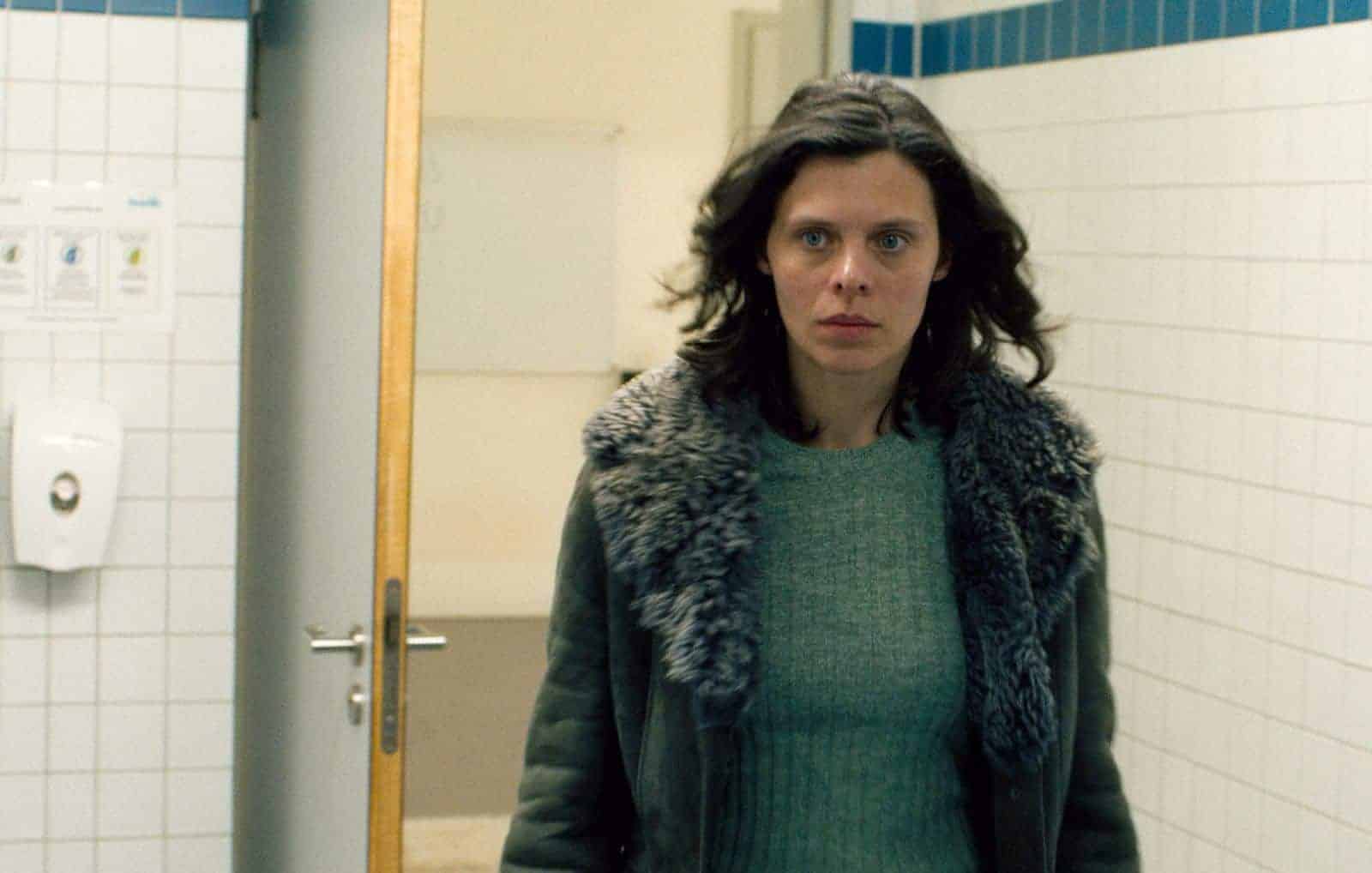Maria Jose Cuevas’ Beauties of the Night catches up with the most famous Mexican showgirls of the 1960s–1980s today in this collaborative documentary. At TIFF, Laura Anne Harris talked to Cuevas and her most famous subject, Olga Breeskin, about making the film and Breeskin’s fascinating life story.

Beauties of the Night captures the most famous showgirls in Mexico from the late 1960s to the early 1980s: Olga Breeskin, Lyn May, Rossy Mendoza, Wanda Seux, and Princesa Yamal. The film features archival footage interspersed with recent interviews with the subjects, which reveal where they are today. In the lobby of the busy Intercontinental Hotel during TIFF, I interviewed director Maria Jose Cuevas, as well as the film’s most famous participant, Olga Breeskin (Super Olga), to discuss the collaborative nature of shooting this documentary.
Originally, Cuevas sought out these women as subjects for her documentary “because they were those characters of [her] childhood.” She wanted to know, where were they now. Cuevas explained, “In Mexico, they are called ‘Vedettes’, which is a French name. Vedettes are the not the same thing as showgirls or burlesques [performers]. In the end, what makes them different is they were celebrities.” They were on TV, in films, nightclubs, theatres, and on magazine covers. “They were really popular cultural icons. So everybody in my country knows who they were,” especially as “they were the first ones to [appear nude] on film.”

These women were heralded as heroes by fellow Mexicans and continue to hold that place in the culture. In one scene, when Wanda is given an award, the love from the fans in the audience was greatly felt and very moving. Although there was stigma surrounding the women’s controversial choice to perform nude, Cuevas deliberately kept that conversation out of the film in favour of a more positive story. “It was more important to portray them now, in the present, than in the past. The present made them wiser [about their past].”
Every shot and scenario in the film was the result of a collaborative process between Cuevas and her subjects. “We played a game. [They did] whatever [they wanted] to do in front of the camera.” For example, one participant wanted Cuevas to shoot her from above, covered and surrounded by only red rose petals. Another begged Cuevas to come to her birthday party or out for lunch. Wherever the women wanted Cuevas to go, she would bring her camera. “Nothing was prepared by me. It was [all] prepared by them,” Cuevas explained.
Cuevas wanted to present a more intimate portrait of these women and “try to [show] prejudice [surrounding] aging,” and allow that to have “the spotlight.” Because these women were expected to be beautiful in their early careers, Cuevas capturs how they continue to be obsessed with keeping up to those beauty standards in their old age. In the opening sequence, Olga is “at a beauty spa with mud in her face, [so] there’s always beauty around them.” Princesa Yamal actually became a plastic surgeon after her career as a Vedette. She now administers Botox’s treatments on one of her Vedette collegues, Wanda Seux.

Olga Breeskin, otherwise known as Super Olga, went through the most transformations in her career. She started as a classical violinist when she was eight, later became a Vedette, and finished her career as a Christian preacher. Even though, as a Vedette, she was very famous in the 1970s, Olga felt “taken advantage of by [some of the] gentlemen, financially. So I say, ‘Okay. Just play the game. They get what they want, and I get what I want.’ And I wanted, in that moment —1970s, 1980s — two things: power and money. So that’s the only thing I regret.”
When Olga moved to Las Vegas at 50, she discovered that even exceptional grooming wasn’t enough to sustain her career. She revealed, “I thought that I would [have] the same success [as] in my country, doing the same thing. That was my mistake. I wasn’t aware of the aging process. ‘Who’s going to pay a 50-year-old lady to cuchie-cuchie? To chimmie-chimmie around?’ Nobody. Nobody [wants] to pay for a ticket to see Super Olga from Mexico.” This lead Olga to undergo her final transformation into a Christian preacher. Finally, she was able to bring back her musicianship into her work. “But now, the music is to worship the Lord. And now, [there’s] no more entertaining,” Olga confirmed.
Read more: “Burlesque expert and producer Dr. Kaitlyn Regher talks Tempest Storm“ >>

